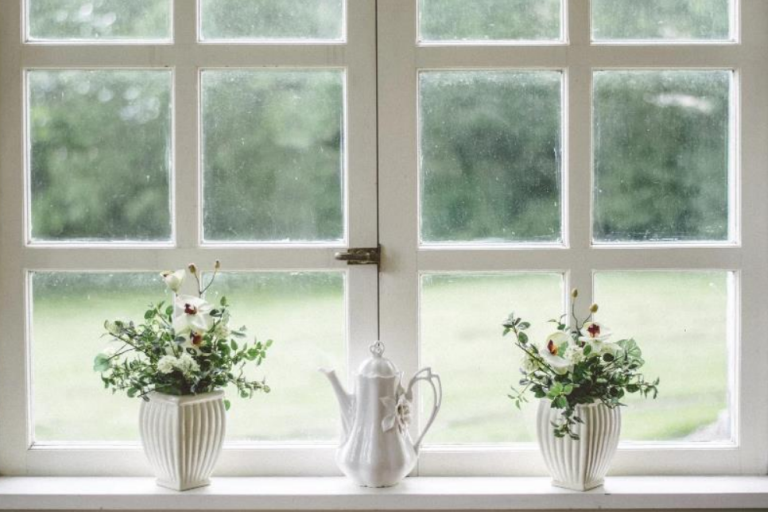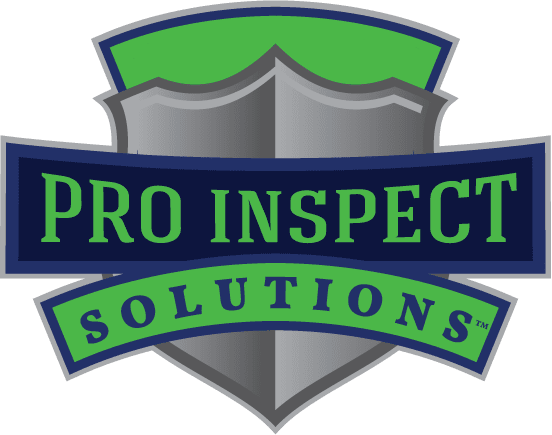
Tackling Window Condensation
When it comes to homeownership, comfort and maintenance are key factors in ensuring your property remains an inviting place to live for many years to come. One common issue that many homeowners face is window condensation. While it may seem like a minor annoyance, understanding and addressing window condensation is vital to maintaining the overall condition of your home. In this blog post, we will explore its causes, effects, and practical solutions, all designed to help you keep your home dry, comfortable and in tip-top shape.
What is Window Condensation?
Simply put, window condensation is an accumulation of water. It occurs when moisture in the air comes into contact with a cold surface, like your windows, and forms water droplets. It’s most noticeable during colder months, but it can happen year-round. Homeowners often mistake it for a sign of a faulty window, but there are several other factors that can trigger window condensation.
High Humidity Levels
When the indoor humidity is too high, the excess moisture can condense on cooler surfaces, like windows. Maintaining a comfortable indoor humidity level is essential.
Poor Ventilation
Inadequate ventilation can trap moisture inside your home, contributing to high humidity levels.
Variations in Temperature
Cold outdoor temperatures can cause your windows to become cooler, making them prone to condensation. This is especially true for single-pane windows or those with poor insulation.
Indoor Activities
Everyday activities like cooking, showering, and even breathing release moisture into the air. If these activities are frequent, they can raise indoor humidity levels significantly.
Window Quality
Older or poorly insulated windows tend to be more prone to excess condensation.
The Impact Window Condensation Can Have on Your Home
While condensation is a natural occurrence, it’s still important for homeowners to understand the potential consequences of window condensation. If left unaddressed, it can lead to larger problems
- Excess moisture can promote mold and mildew growth on window frames and sills, which can be harmful to your health.
- Prolonged exposure to moisture can damage wood frames, leading to rot and compromising the integrity of your windows.
- Condensation on windows can reduce their insulation properties, causing your heating and cooling systems to work harder, resulting in higher energy bills.
Tips for Preventing Window Condensation
Now that we have explored the causes and effects of window condensation, let’s cover some practical solutions that can help you prevent and manage this issue more effectively
1. Control Indoor Humidity
Adjust your HVAC system and use dehumidifiers to maintain an ideal humidity range. With many affordable options available on the market, hygrometers are devices that enable you to keep track of the humidity levels inside your home. You should aim for a range of 30-50% for optimal comfort.
2. Maintain Proper Ventilation
Proper ventilation helps to distribute moisture evenly throughout your living space. Use exhaust fans in kitchens and bathrooms to expel moist air that often builds up in these areas. Opening windows and doors periodically also allows fresh air to circulate through your home.
3. Upgrade Your Windows
Invest in energy-efficient, double or triple-pane windows with Low-E coatings. They reduce condensation by maintaining higher interior glass temperatures and have the added benefit of lowering your heating and cooling costs.
4. Use Window Coverings
Installing insulating window coverings like curtains, blinds or window films can help reduce heat transfer and prevent condensation.
5. Insulate and Seal Gaps
Applying weatherstripping and caulking to seal any gaps and cracks around your windows
When you do see condensation on the windows in your home it can easily be wiped away with a soft cloth or paper towel. Doing this regularly will ensure that windowsills are kept clean and dry.
While many homeowners can manage window condensation with the tips mentioned above, there are situations where professional assistance may be necessary. If you notice any of the following signs, it’s time to consult with a specialist:
Persistent Mold or Mildew Growth: If you notice mold or mildew growth that keeps coming back despite cleaning, consult a specialist immediately.
Severe Structural Damage: If your window frames show signs of significant damage, such as rot or deterioration, professional intervention is essential to prevent further damage to the structural integrity of the home.
Ongoing Condensation Issues: If you continue to experience severe condensation issues, even after implementing preventative measures, it’s advisable to seek expert advice.
Window condensation is a common issue that, with the right knowledge and preventive measures, can be managed effectively. By understanding the causes, effects, and practical solutions outlined in this article, you can create a comfortable, moisture-free environment. For Central Florida homeowners seeking comprehensive property inspections and expert advice, Pro Inspect Solutions stands as your reliable partner. Remember, prioritizing the health and longevity of your home is a worthwhile investment in your peace of mind.



